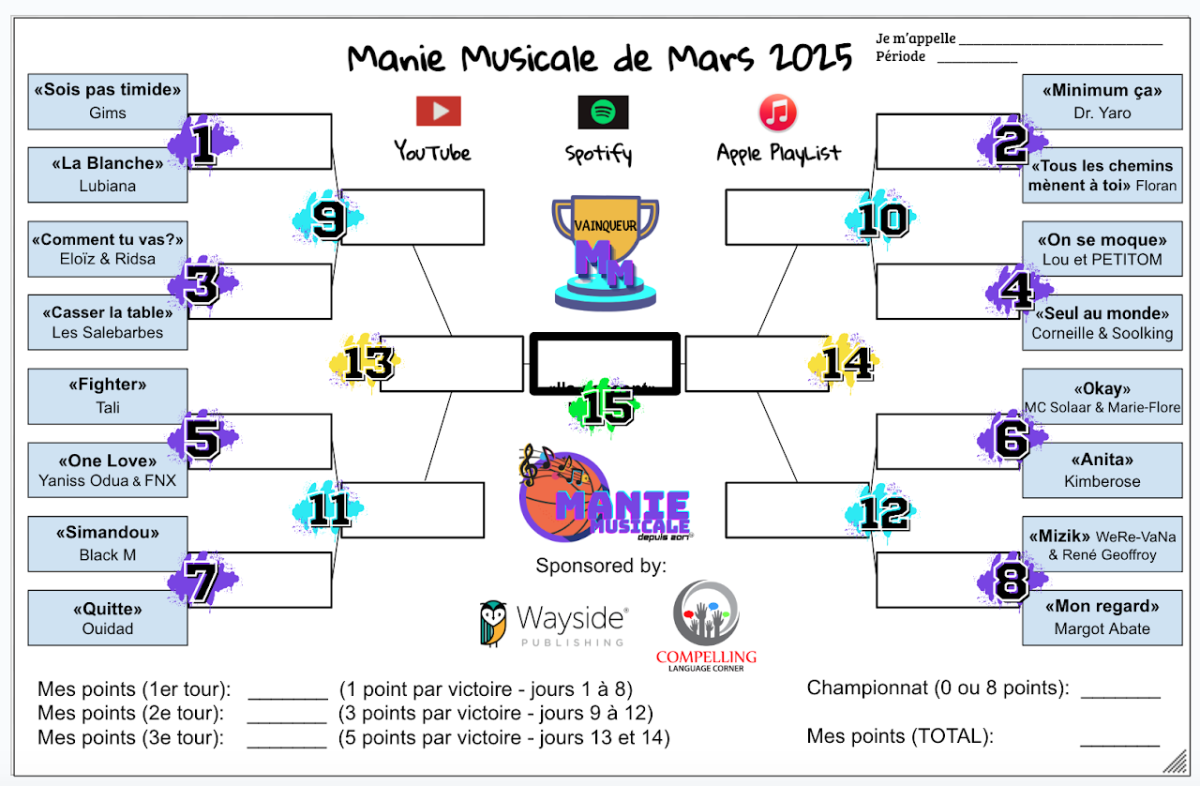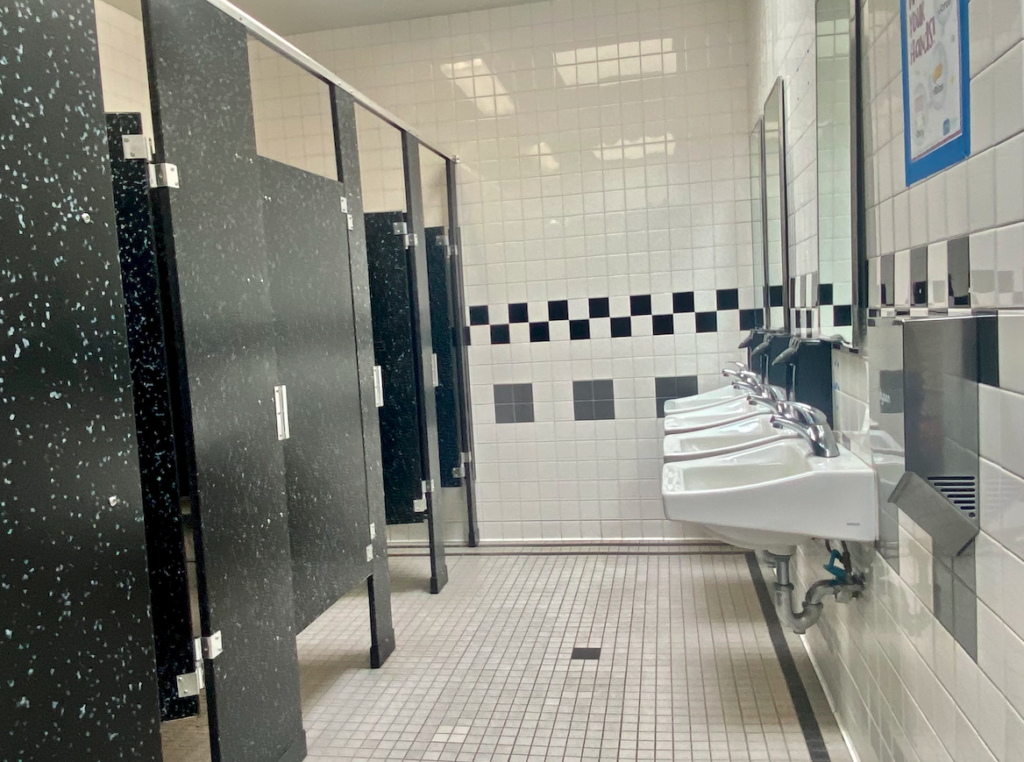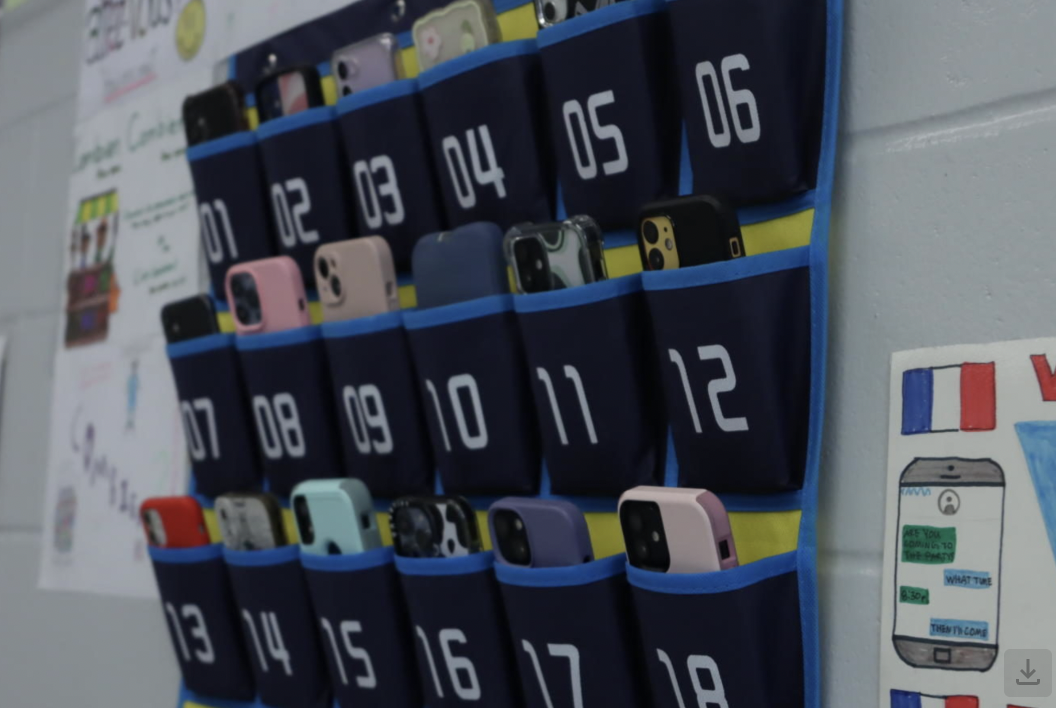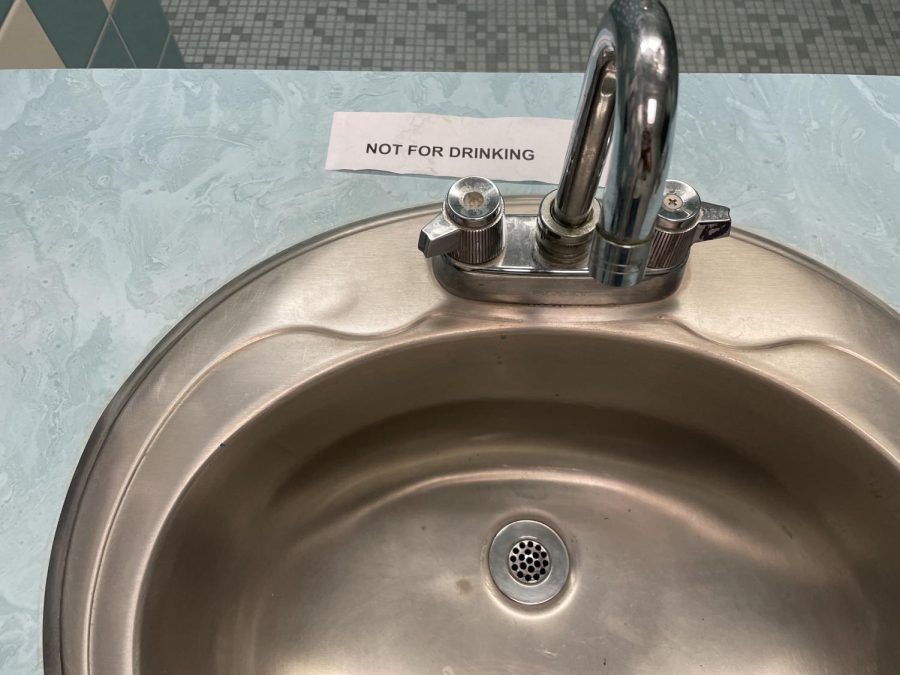Lead in YHS Water
Sign on YHS bathroom sink indicating that there is lead in the water.
April 10, 2022
On Monday, March 28th, the York School Department sent an email out that reached students, parents, and faculty containing information many were oblivious to. The school department had conducted testing throughout all four YSD schools to look at the lead content in the water. The email gave some information- offering a chart and a memo that read, “Maine Law requires schools to test all drinking water faucets that could be used for drinking or cooking purposes for the presence of lead.” This left most people confused and a little afraid; how could we have been drinking and washing our hands with lead-contaminated water?
Attached to the email were five pages of minimal information surrounding the testing. With three pages of charts showing various faucets around the school, it is evident that lead is prominent in the water at YHS. There is no “healthy dose” when it comes to lead content within water, according to the U.S. Centers for Disease Control and Prevention (CDC) and the Environmental Protection Agency (EPA), as stated in the document. The largest collection site was the women’s locker room back left shower, which is located in the locker room across from the gym commonly used for changing. The concentration of lead from this faucet was 4320.0 parts per billion, exponentially exceeding the normal four. Underneath the charts were two comment boxes which addressed the actions being taken and future plans to reduce lead levels. Each question was answered with only a sentence or two, and the estimated date of completion for “removal of fixtures that are no longer needed as well as replacement of fixtures that test high during the 2nd round of testing,” was August of 2022.
In order to find out more to answer the broader questions many were still asking, Zak Harding, who works within the YSD central office, was able to offer some resources in response to the concerns of the community. The testing was able to confirm that lead was more prominent from faucets that were not used. This is the primary reason that the women’s locker room showers had the highest lead count, as those showers are not typically utilizing. Another area of concern was the kitchen steam kettles, which contained over 1000 ppb of lead. It turns out that these steam kettles have been out of service for six years, and pose no harm to anyone. In addition to this, the water bottle stations around the school are completely safe to drink from. They are pre-filtered and did not show up on the list of affected water sources.
Going forward, there are signs in various classrooms and bathrooms saying, “do not drink,” so as to make sure that students solely use the water bottle fountains for drinking. The faucets with high lead counts will be removed or replaced, and hopefully by next school year this issue will be resolved.
















